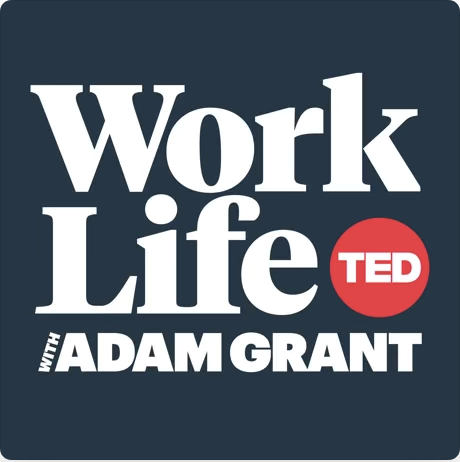
Insights
What if both sides are wrong?
Conflict is inevitable and often a sign of organizational and relational health. But how we handle it makes the difference between becoming more effective and further ingraining distrust. Hockey teams don’t need to resolve their differences; in fact many fans prefer if they don’t. But your organization (and maybe our world) can’t be healthy or effective if we don’t learn to acknowledge our own failures as a precursor to addressing the failures of others.
Not World Class
The thing is, none of this discourages Ben. He has no expectation of being world class; he’s having fun, improving, and enjoying his team mates. And that’s what he wants from the sport.
I’m willing to bet that the people (or animals, environment, etc.) that your organization serves don’t really care if you’re world class at what you do either.
What were they thinking?
After 25+ years of identifying, observing, developing, and coaching leaders; one of the things I am most sure of is that the majority of poor behaviour and bad decisions are driven much more by insecurity than by malice.
You’re Not Wrong, But…
This is leadership. The ability to find a path through complexity and uncertainty, understanding how to resolve (or live in) tension, making the call when you can’t be absolutely sure what the right next step is.
Common Sense?
In a less diverse, more stable generation we didn’t need to spend a lot of time looking at these things. It could be safely assumed that (almost) everyone just had the same core understanding of reality.
But not anymore.
How’s your achilles?
When I consider the leaders, both the prominent and the largely unknown, who have lost their credibility through moral failures there is usually a pattern of behaviour preceding the end. Their vulnerable achilles wasn’t really a secret.
I Love This!
There are multiple factors that contributed to the awkward history, and just as many that have brought about the new reality, but credit has to go to all levels of leadership from both organizations (board, executives, staff, etc.) who have agreed to move forward with collegiality and sharing of best practices so that each can be more effective.
Learning “The Lore”
In your new organization there are key lessons to be found in long tenured employees, commonly repeated stories, and reports written over the years. Taking the time to look and listen enough to build a coherent grasp on the way things are around here allows you to make better decisions
Onboarding Advice
The first days, weeks, and months in a new role are crucial for leaders to connect, prioritize, and build momentum. Failing to do these things undermines your leadership. Indeed, some never recover from a poor start.
Beginning in 2024 I will be offering Onboarding Support for charity leaders as part of Lead With Catalyst’s work.
The Values of Saying No
When we don’t take that extra step it becomes too easy to end up just chasing the latest trend or the most recent post from someone we respect instead of building systems and approaches that truly reflect who we, and our organizations, most want to be.
Questioning Support
So how do we encourage appropriate vulnerability while recognizing that it means something different to particular people?
Changing Speeds
Healthy organizations develop rhythms of work that reflect the different demands of the year. They discern when to push harder, and when to dial it back a little. They understand that “full out all the time’ is a sure path to big mistakes and burn out.
The Gift of “Skubalon”
We talked about several examples, too close to both of us, of leaders who made decisions that undermined their credibility and did deep harm to people. In some cases destroying the organizations they had been entrusted to lead. It’s the same old story, even though each one hurts freshly in its own way.
Strategic Planning’s Missing Piece
I’ve seen too many organizations complete a strategic plan and then look around and realize the people on their team aren’t ready, willing, or able to lead the implementation.
It doesn’t have to be that way!
More Muscles
After a few moments of reflection he opened up a little more about some of the long held patterns in his life and leadership. He talked about the advantages and costs of being a driven leader. He wondered if this stable season might be a time to invest in more things outside work.
Perfectly Predictable
It makes sense; perfectionists are remarkable adept at getting everything right in contexts where they know what is required. But, as noted on the podcast, that is often limited to things that are familiar and comes at the cost of encouraging creativity and innovative problem solving. The need to be perfect is in tension with taking even necessary risks.




















